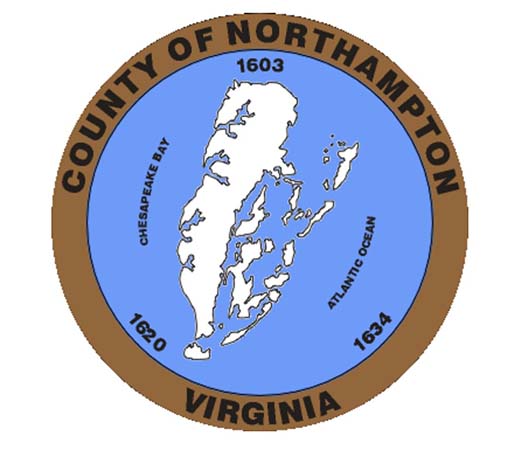BY STEFANIE JACKSON, Eastern Shore Post —
Northampton supervisors voted Tuesday night to prevent future wetland mitigation projects that only would benefit other localities.
Such projects “cannot be allowed in Northampton County; 73% of our land is water; only 200 square miles is land. It’s very precious,” said concerned citizen Ken Dufty following the vote.
The supervisors’ decision was prompted by a wetlands creation project being built for The Nature Conservancy on 26 acres east of U.S. Route 13, near Exmore.
Beginning last year residents observed heavy equipment removing topsoil from the formerly productive farmland.
The public had no prior notice of the project or opportunity to submit comments on the matter.
The public notice for the project was erroneously associated with Northumberland County instead of Northampton County, and the project was not advertised in a local newspaper of record.
The parcel will be converted into a “wetland mitigation bank” of 18 acres, each of which can be purchased in whole or part by developers to offset the unavoidable destruction of wetlands during construction projects.
Each acre equals one offset credit worth $100,000, making the entire parcel worth $1.8 million. The land was purchased for $240,000.
The credits can be applied to construction projects anywhere in Virginia’s Atlantic Ocean Basin, which includes Accomack and Northampton counties and part of Virginia Beach.
That was a point of contention for Northampton residents who noted that the county will lose tax revenue from the former farmland and receive no economic benefits from the developments in other localities.
Jay Ford, of the Chesapeake Bay Foundation, spoke in support of wetland mitigation banks and said they get “better environmental results” than wetland mitigation projects at individual development sites.
Shannon Varner, a Richmond attorney, added that the wetland mitigation banks are more cost-effective than addressing wetland mitigation on a case-by-case basis.
But wetland mitigation banks are still costly, including land acquisition, creation of plans for approval by the state Department of Environmental Quality, and construction, the attorney acknowledged.
Arthur Upshur, of Machipongo, noted that the budget for the Nature Conservancy project originally was $1.2 million.
Jim McGowan, of The Nature Conservancy, previously stated that the organization would not profit from the sale of the offset credits.
Regardless, wetland mitigation banking is incongruous with Northampton’s comprehensive plan, which promotes agriculture, Dufty argued.
Northampton supervisors decided to allow additional wetland mitigation banks only to offset the unavoidable destruction of wetlands within the county.
A major special-use permit will be required, meaning a public hearing must be held to give citizens an opportunity to weigh in before a permit can be issued.
The decision was reached in a 4-1 vote, with opposition by Supervisor Oliver Bennett, who said “no exceptions” should be made for the wetland mitigation banks.
Also passing in a 4-1 vote was a separate motion concerning wildlife impoundment ponds, freshwater ponds made to attract waterfowl and other wildlife.
These ponds will continue to be allowed by right but may not be used as wetland mitigation sites.



